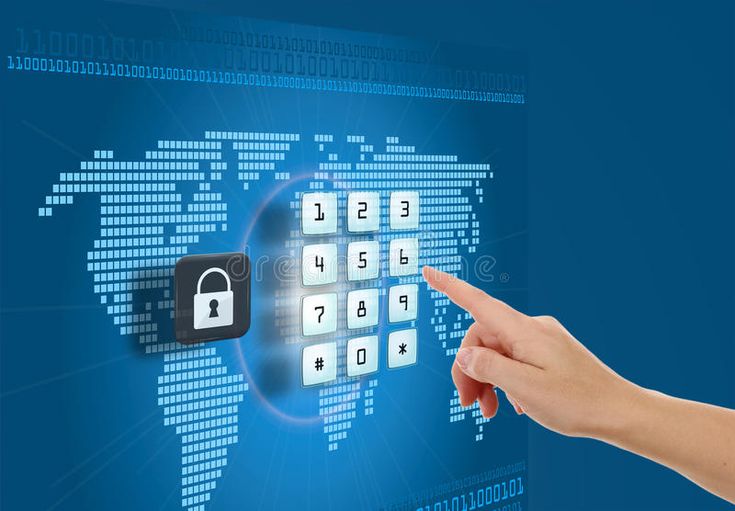Biometric Authentication in FinTech 2025: The Ultimate Revolution in Secure Digital Banking
By Shivam Sati · Published on November 3, 2025

Biometric Authentication in FinTech 2025 is transforming secure banking through AI, fingerprints, and facial recognition for fast, safe digital experiences.
Biometric Authentication in FinTech 2025: The Ultimate Revolution in Secure Digital Banking
In 2025, Biometric Authentication in FinTech has become the cornerstone of modern digital security. Financial technology platforms around the world are rapidly shifting toward biometric-driven experiences that merge speed, security, and seamless user interactions.
From fingerprint login to facial recognition payments, Biometric Authentication in FinTech 2025 is redefining how customers trust, verify, and transact across financial platforms.
1. What Is Biometric Authentication in FinTech 2025?
Biometric Authentication in FinTech 2025 refers to the use of physical and behavioral traits—such as fingerprints, facial patterns, and voice tones—to verify user identity.
Unlike traditional PINs or passwords, biometric identifiers are unique and non-transferable, ensuring that the right person accesses the right account.
Common Biometric Methods in FinTech:
- Fingerprint Recognition – Used for app logins, payments, and KYC.
- Facial Recognition – Integrated into mobile banking apps and eKYC verification.
- Voice Authentication – Used in support centers for quick customer identity checks.
- Behavioral Biometrics – Tracks typing rhythm or device gestures to detect fraud.
By adopting these tools, FinTech companies ensure higher trust and better UX while reducing fraud.

2. Why Biometric Authentication in FinTech 2025 Matters
As cyberattacks grow, FinTech platforms must balance user convenience with data protection. Biometric Authentication provides the perfect solution — it’s fast, reliable, and nearly impossible to fake.
According to Finextra, biometric systems reduce account takeover fraud by up to 70%.
Key Advantages:
- Improved Security: Unique data prevents unauthorized access.
- Seamless UX: Users log in or authorize payments instantly.
- Compliance Ready: Meets RBI, GDPR, and PSD2 security standards.
- Enhanced Trust: Customers feel safer using digital banking tools.
At SoftScale, we build FinTech systems that integrate biometric authentication to deliver user-friendly and compliant financial applications.
3. The Role of AI in Biometric Authentication in FinTech 2025
AI and Machine Learning (ML) have made Biometric Authentication in FinTech 2025 more powerful than ever. These technologies allow systems to analyze thousands of signals — facial expressions, voice tone, behavioral patterns — and identify suspicious activity in real time.
Examples:
- AI-based facial recognition prevents spoofing using 3D liveness detection.
- Voice ID systems can detect emotion and confirm authenticity.
- Behavioral AI monitors ongoing user behavior for invisible verification.
Together, AI and biometrics provide continuous authentication that doesn’t interrupt the user experience.

4. FinTech Use Cases for Biometric Authentication in 2025
a. Digital Banking
Banks now rely on biometric sign-ins for mobile and web apps. Users approve payments or check balances using fingerprints or face scans instead of passwords.
b. eKYC (Know Your Customer)
India’s FinTech ecosystem leverages Aadhaar-based biometric eKYC, reducing onboarding time from days to minutes. This boosts customer conversion and satisfaction.
c. Payments & Wallets
Payment gateways and crypto wallets use Biometric Authentication in FinTech 2025 for instant approval — improving transaction security and speed.
d. Loan & Insurance Platforms
FinTech startups employ biometric signatures to simplify digital documentation and loan verification.
e. ATM & POS Systems
Next-gen ATMs and POS devices use fingerprint or palm authentication to ensure safe withdrawals and transactions.
5. Privacy Concerns Around Biometric Authentication
While biometrics enhance safety, they also raise privacy and ethical challenges. Storing and managing biometric data responsibly is crucial.
To maintain compliance, FinTech companies must ensure:
- Encrypted storage of biometric templates
- Transparent user consent policies
- Zero sharing with third parties
- Adherence to GDPR and India’s Data Protection Bill
Leaders like IBM and Mastercard emphasize decentralized and encrypted biometric systems for future-ready protection.

6. Future Trends: The Rise of Passwordless FinTech
In 2025 and beyond, Biometric Authentication in FinTech is steering us toward a passwordless world. Experts predict that over 90% of FinTech platforms will use at least one biometric method by 2026.
Emerging Trends Include:
- Multi-modal biometrics: Combining voice, face, and behavior.
- Decentralized storage: Biometrics stored locally on devices for safety.
- Biometric payments: Tap-to-pay with facial or palm recognition.
- Wearable authentication: Smartwatches and IoT devices verifying identity.
This shift will redefine how consumers experience financial platforms — blending frictionless UX with unbreakable security.
7. How SoftScale Helps FinTechs Build Secure Biometric Platforms
At SoftScale, we specialize in FinTech web development that integrates modern biometric security features.
Our services include:
- Biometric-enabled login and transaction systems
- AI-powered fraud detection
- Blockchain-secured payment gateways
- Scalable cloud-based FinTech platforms
By partnering with SoftScale, your FinTech business gains a secure, compliant, and future-ready product aligned with the latest industry trends.
8. Conclusion
Biometric Authentication in FinTech 2025 represents the future of digital identity and financial trust. It eliminates passwords, reduces fraud, and creates a user-centric experience unmatched by traditional systems.
With biometric verification powered by AI, financial institutions can deliver a secure, seamless, and personalized user journey.
For businesses seeking to stay ahead, adopting Biometric Authentication in FinTech 2025 isn’t just an upgrade — it’s a necessity.
Build your future-ready FinTech app today with SoftScale. Let’s redefine digital security together.
Previous Post
Embedded Finance Revolution 2025: How Non-Finance Platforms Are Becoming FinTech...
Next Post
Comments (0)
No comments yet. Be the first to share your thoughts.
Related Posts

Embedded Finance Revolution 2025: How Non-Finance Platforms Are Becoming FinTech Powerhouses
Discover how the Embedded Finance Revolution 2025 is empowering eCommerce and digital platforms to become FinTech powerhouses through…

Powerful FinTech Website Trends 2025: Why Security, UX, and Speed Matter More Than Ever
Discover the latest FinTech Website Trends 2025 focused on security, UX, and speed. Learn how these trends help…

Powerful AI in Fintech Services: Transforming Financial Technology in 2025
Explore how Softscale Software Solutions leverages AI in fintech services to improve fraud detection, personalize finance, and build…
